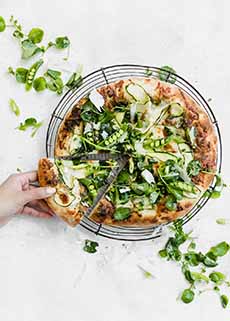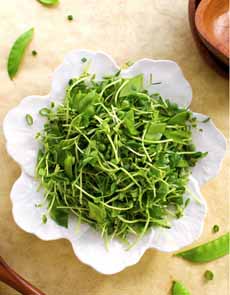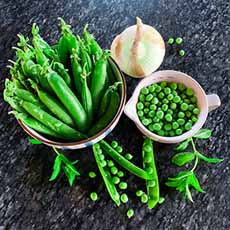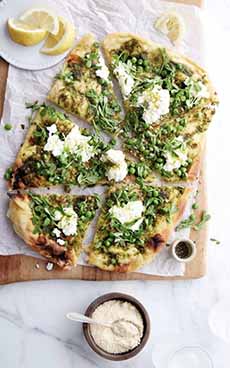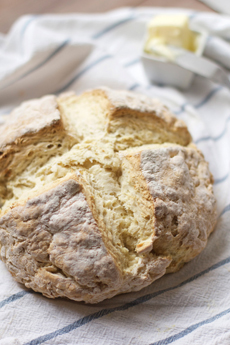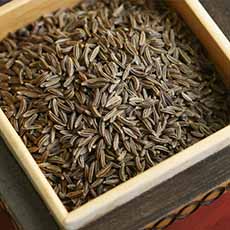|
We recently dined at a wonderfully creative new restaurant in New York City, Frevo.
A cheese course is typically served before dessert, or instead of it. Quite a few connoisseurs prefer to end dinner with cheese instead of something sweet.
Our cheese course consisted of Comte cheese, shaved into pappardelle-size ribbons (fettuccine size works, too), drizzled with honey and topped with a frico of Comte.
Alas, we don’t have a photo of the ribbons of cheese drizzled with honey. They’re hidden under the fricos in photo #1.
You can use any cheese that can be grated into ribbons. These are typically any semi-hard cheese: Cheddar, Colby, Comte, Gouda, Manchego, Provolone, and others†.
If you enjoy fine cheese, don’t wait until your next dinner party. Start pairing sweet condiments with cheese ASAP. In the words of Nike, just do it!
You don’t have to grate it or top it with a frico.
WHAT’S A FRICO?
A frico (FREE-co) is a delicate, lacy baked cheese thin that originated in Italy*.
The only ingredient in frico is cheese unless you want to add herbs or spices. The grated cheese is scooped onto a cookie sheet and baked until crisp.
You can bake your own, with your cheese of choice and a grater and an oven. Cheese is the only ingredient unless you want to add herbs or spices.
Or, purchase them from Parm Crisps, plain or with different flavors, including Jalapeño and Sesame (photo #5).
But the reason we created this article is not for the frico, but for what Frevo did with it.
It was perhaps the most delightful cheese course we’ve ever had.
They drizzled honey over it, and added a side of honey mousse (photo #1), leading to today’s tip:
PAIRING CHEESE WITH SWEET CONDIMENTS
The idea is pretty conventional outside of the U.S., although some cheeseboard ingredient lists recommend it.
And in the American South, hosts have long topped a block of cream cheese with preserves or pepper jelly.
So we begin with a selection of sweet condiments that you can serve with your next cheese plate.
Balsamic Glaze (more about it)
Caramel or Dulce De Leche (more about it)
Chutney, Confit or Conserve (the difference)
Fruit Compote (more about it)
Fruit Curd (more about it)
Fruit Sauce (e.g., cranberry sauce)
Honey
Jelly, Marmalade, Preserves (the difference)
Mostarda (more about it)
Spiced Cherries (more about it)
The condiments can be added as a drizzle over the cheese, a dollop on the plate, a circle of polka dots near the edge of the plate, or your own creative approach.
OUR FAVORITE PAIRINGS
If these seem bizarre to you, they are time-honored pairings among cheesemongers and connoisseurs. Try it before you judge it!
Why do they work? The flavor combinations are salty plus sweet, mild plus savory, sharp plus fruity.
Blue Cheese + Caramel
Brie, Camembert Or Other Bloomy Rind Cheese + Cranberry Sauce/Cranberry Condiment
Cheddar or Gruyère + Lemon Curd Or Spiced Apples
Goat Cheese + Balsamic Glaze Or Balsamic Condiment
Gouda and Chocolate Sauce
Parmesan, Pecorino Romano Or Asiago + Dulce De Leche
Triple Creme Cheese + Fruit Curd Or Marmalade
But the wonderful thing about pairing cheese with sweet condiments is that you can mix and match until you find your own heavenly cheese course.
>>> THE NIBBLE’S GUIDE TO CHEESE CONDIMENTS <<<
|
|

[1] Our delightful cheese course at Frevo in New York City. Shaved ribbons of cheese are mounded and drizzled with honey, then topped with the fricos. The side condiment is honey mousse (photo © Frevo Restaurant | New York City).

[2] Frevo has a special device to make long ribbons, but we used our Microplane ribbon grater and made short ones like these from Cheddar, which we mounded on each plate (photo © Microplane).

[3] Black cherry confit with Manchego cheese. Shave the Manchego into ribbons (photo © Murray’s Cheese).
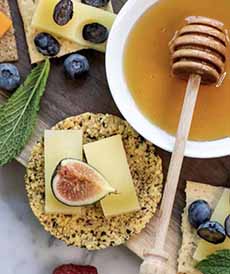
[4] Honey is a delicious condiment pairing with most cheeses. If you don’t have a honey drizzler a.k.a. dipper like the one in the photo, freestyle with an implement you do have. Savannah Bee sells a honey blended specifically for cheese (photo © Savannah Bee).

[5] Parm Crisps are bite-size fricos (photo © Parm Crisps).
|
>>> DISCOVER MORE ABOUT CHEESE IN THE NIBBLE’S CHEESE GLOSSARY <<<
_______________
*In the Italian region of Friuli, frico refers to a dish of heated cheese and other ingredients, such as potatoes. It is baked in a round pan, is soft, and served in slices (like pizza). There is also a thin, crunchy version, similar to the frico described above, which is used as an appetizer or a garnish. While the first version has been made for centuries,the crunchy version is more recent.
The cheeses in the Semi-Hard category include a broad range of textures, from semi-firm to very firm; and from cheeses that are only weeks old to those aged up to several months or more. Because these cheeses contain less moisture than the soft and soft-ripened types, they hold their shape much better. Examples include young Asiago, Cheddar, Colby, Edam, Fontinella, aged Gouda, Manchego, Provolone and Queso Blanco. The difference between semi-hard and semi-soft cheese is one of moisture: Semi-soft cheese contains more than 45% water, while semi-hard cheeses contain 30% to 45%. A cheese can start as semi-soft, then move to semi-hard via aging, which evaporates the moisture.
CHECK OUT WHAT’S HAPPENING ON OUR HOME PAGE, THENIBBLE.COM.
|






